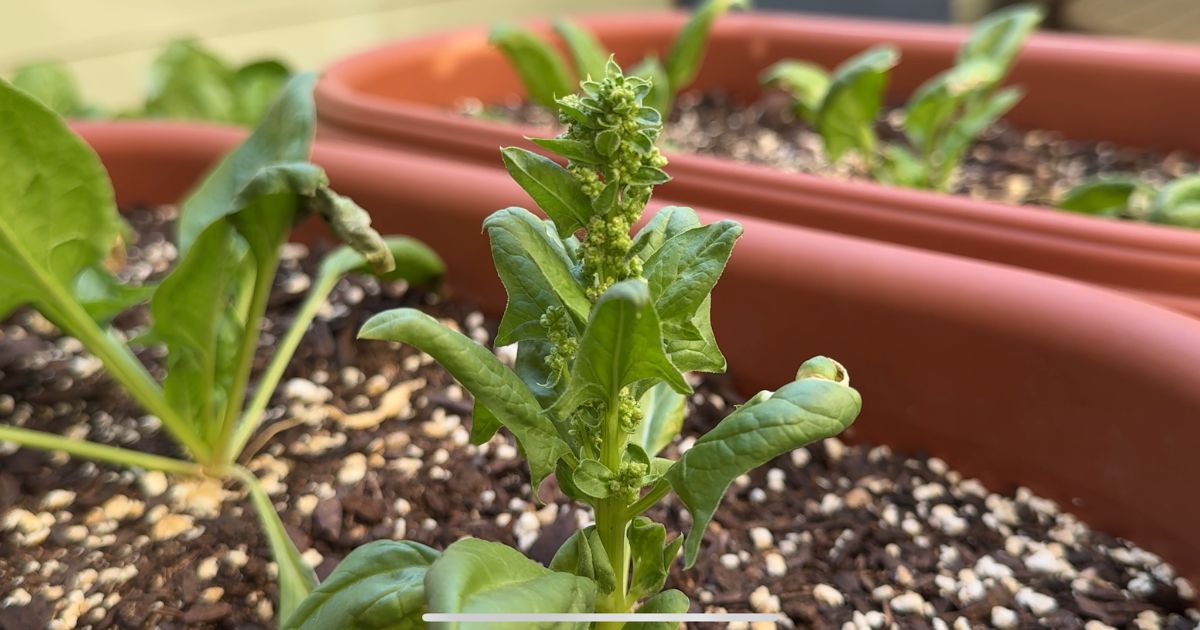
Companion Planting: A Beginner's Guide
Companion planting is a time-tested gardening technique that involves growing different plants together to enhance their growth, repel pests, attract beneficial insects, and maximize space. Whether you’re a seasoned gardener or just starting out, companion planting can help create a more productive and balanced garden. Here’s what you need to know to get started.
What is Companion Planting?
Companion planting is based on the idea that certain plants can benefit each other when grown together. These benefits might include improved growth, natural pest control, or enhanced flavor. This practice often mimics natural ecosystems, where a variety of plants coexist and support one another.
Benefits of Companion Planting
- Pest Control: Some plants produce natural chemicals or scents that repel harmful pests. For example, marigolds are known to deter nematodes and aphids.
- Attracting Beneficial Insects: Flowers like dill and cosmos attract pollinators and predatory insects like ladybugs that help control pests.
- Improved Growth and Flavor: Certain plant pairings can enhance the flavor or growth of their neighbors. For example, basil is thought to improve the taste of tomatoes.
- Efficient Use of Space: Combining plants with different growth habits, like tall corn and sprawling squash, allows gardeners to maximize limited garden space.
- Weed Suppression: Dense plantings can shade the soil and reduce weed growth.
Basic Principles of Companion Planting
- Know Your Plants: Research the needs and characteristics of the plants you want to grow. Understanding which plants work well together is key to successful companion planting.
- Plan for Diversity: Avoid planting large areas of a single crop, which can attract pests and diseases. Instead, mix and match plants to create a more balanced garden.
- Consider Plant Roles: Group plants based on their functions, such as pest repellents, nutrient accumulators, or ground covers.
Popular Companion Planting Combinations
Here are some classic pairings to try in your garden:
- Tomatoes and Basil: Basil is believed to repel pests like whiteflies and enhance the flavor of tomatoes.
- Corn, Beans, and Squash (The Three Sisters): Corn provides support for beans, beans fix nitrogen in the soil, and squash covers the ground to suppress weeds.
- Carrots and Onions: The strong smell of onions deters carrot flies, while carrots take up little space and grow well alongside onions.
- Cabbage and Dill: Dill attracts predatory wasps that feed on cabbage pests like caterpillars.
- Lettuce and Radishes: Radishes mature quickly and can be harvested before lettuce fills out, making efficient use of space.
- Marigolds with Almost Anything: Marigolds are versatile companions that repel a wide variety of pests.
Plants to Avoid Pairing
Some plants can have negative effects when grown together. These “anti-companions” might compete for resources or attract pests. Examples include:
- Tomatoes and Potatoes: Both are susceptible to blight, which can spread easily between them.
- Beans and Onions: Onions can inhibit the growth of beans and peas.
- Carrots and Dill: Dill can stunt carrot growth if planted too close.
Tips for Success
- Start Small: Experiment with a few companion planting combinations to see what works best in your garden.
- Observe and Adjust: Pay attention to how plants interact and adjust your pairings if needed.
- Use Companion Planting Charts: Many resources provide charts that list beneficial and harmful plant pairings to guide your planning.
- Incorporate Flowers and Herbs: Plants like calendula, nasturtium, and chamomile can add beauty and functionality to your garden.
Final Thoughts
Companion planting is a simple yet effective way to create a thriving and sustainable garden. By understanding the relationships between plants and using those interactions to your advantage, you can grow healthier plants, reduce the need for chemical interventions, and enjoy a more abundant harvest. Start experimenting with companion planting today and watch your garden flourish!



